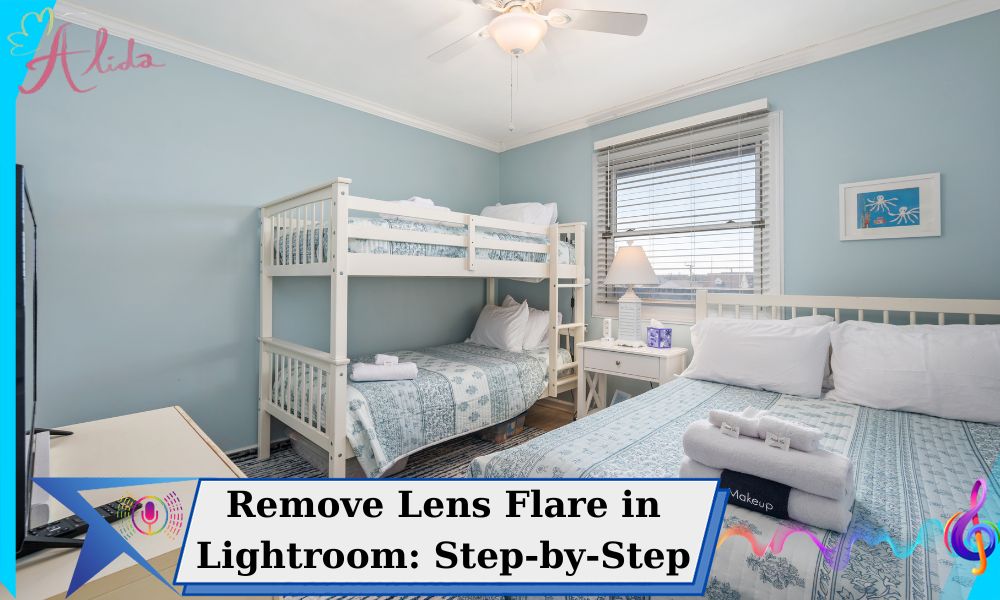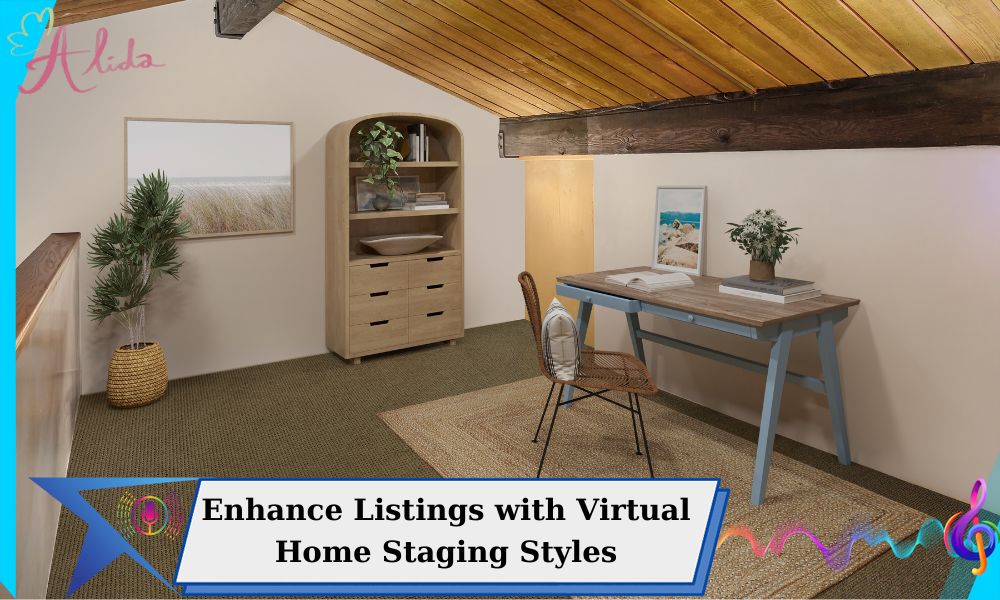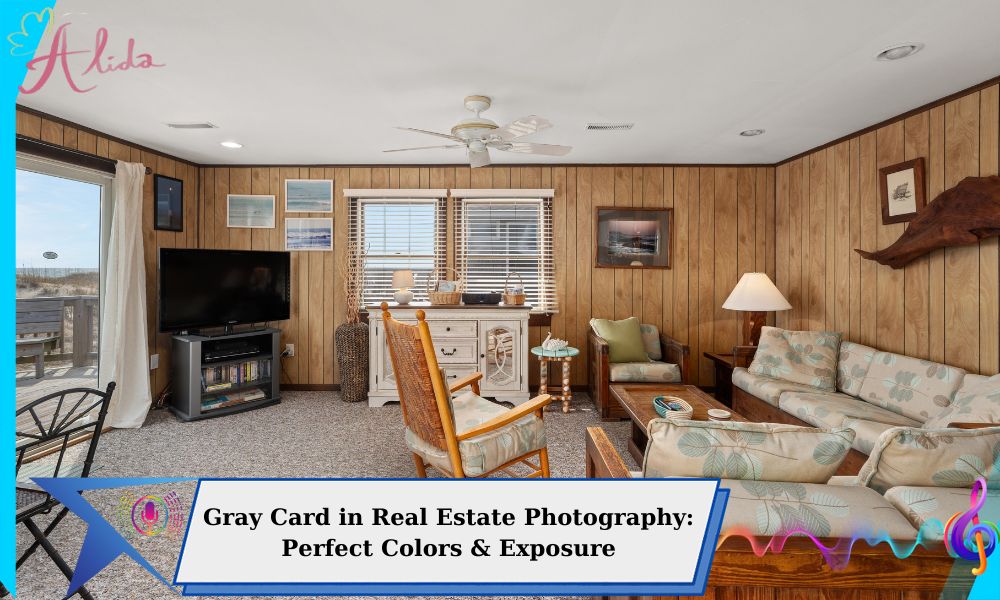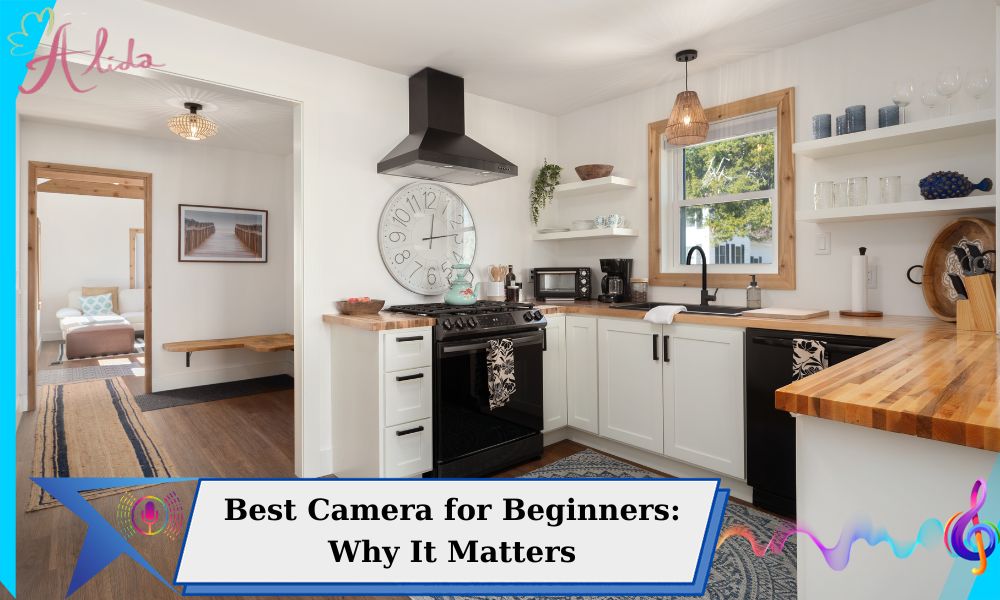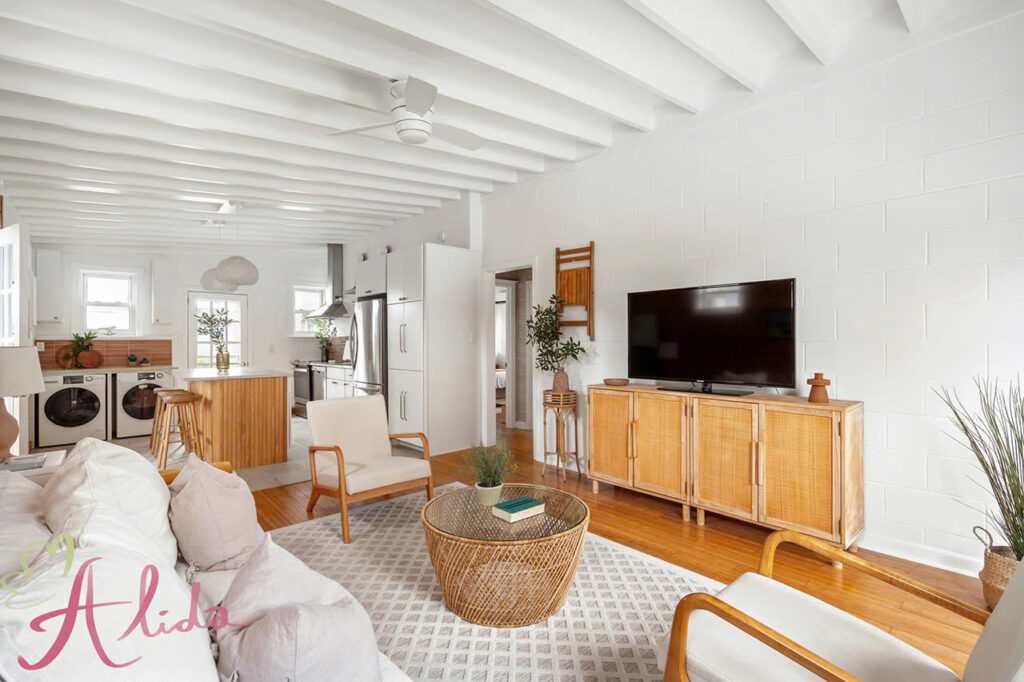In today’s competitive real estate market, high-quality photographs are essential for showcasing properties effectively. Real estate interior photography is more than just snapping pictures; it’s about capturing the essence of a space, highlighting its features, and ultimately helping to sell or rent the property. The goal of this article is to provide professional photographers and real estate agents with essential tips and techniques for capturing stunning real estate interior photos.
Essential Equipment for Real Estate Interior Photography
To achieve the best results in real estate interior photography, it’s crucial to choose the right equipment. The camera, lens, and accessories you use will determine the overall quality of your photos.
Camera and Lens Selection
When selecting a camera for real estate interior photography, consider using a DSLR or mirrorless camera. These cameras offer high resolution, allowing you to capture detailed images with a wide dynamic range. Mirrorless cameras are lightweight and compact, making them an excellent option for mobile photographers. DSLR cameras, on the other hand, offer a broader selection of lenses and accessories.
For interior photography, wide-angle lenses are essential. They allow you to capture the full scope of a room, making it appear larger and more inviting. Lenses with a focal length of 14mm to 24mm are ideal for shooting interiors, as they can capture more of the space while maintaining high image quality.
Supporting Accessories
In addition to your camera and lens, there are several accessories that can significantly enhance the quality of your photos. A tripod is indispensable for ensuring stable shots, particularly in low-light conditions or when shooting long exposures. Light modifiers, such as softboxes and diffusers, can help control and soften light to create flattering effects. ND filters can be used to reduce the intensity of light, making them useful when shooting in bright conditions. Finally, photo editing software such as Lightroom and Photoshop is essential for post-processing and enhancing your photos.
Interior Photography Techniques
Capturing stunning real estate photos requires an understanding of light, angles, and composition. Here are some essential techniques for shooting interior spaces effectively.
Shooting with Natural Light
One of the most important aspects of real estate interior photography is utilizing natural light. Natural light can brighten up a space, making it feel airy and open. Start by shooting during the golden hour—the period shortly after sunrise or just before sunset—when natural light is soft and warm.
To maximize the effect of natural light, make sure to utilize windows effectively. Open curtains or blinds to let in as much light as possible. Position your camera to capture the light streaming into the room, illuminating key features like furniture, walls, and décor.
Adjusting Exposure
Proper exposure is key to achieving well-balanced photos. Exposure refers to the amount of light that hits the camera’s sensor, and it needs to be adjusted to avoid overexposure (too bright) or underexposure (too dark). You can adjust your camera’s settings, such as shutter speed, aperture, and ISO, to control exposure and get the best results.
Shooting with HDR (High Dynamic Range)
In interior photography, HDR is an excellent technique to achieve images with a high level of detail and contrast. This is especially useful when you have high-contrast lighting situations, such as bright windows and dark interiors. HDR involves taking multiple exposures of the same scene and combining them to create a balanced image with both bright highlights and dark shadows.
Adjusting Camera Angles
To make a space appear spacious and inviting, it’s crucial to select the right camera angles. When photographing a room, shoot from the corner or an elevated position to capture a wide view of the space. This will help create the illusion of a larger room and highlight its features. Avoid shooting directly into corners or from eye-level, as this can create unflattering perspectives.
Using Artificial Light
In some cases, natural light alone might not be sufficient, especially in rooms without windows or during overcast days. In these situations, artificial light can help illuminate dark areas and create a more balanced exposure. Consider using flash or continuous lighting to supplement the natural light in the room. Be mindful of the light temperature to avoid creating unnatural color casts.
Real Estate Interior Photography Editing Techniques
Post-processing is an essential step in real estate interior photography. Editing helps to bring out the best in your photos and correct any issues caused by lighting or camera settings.
Using Editing Software
Photo editing software like Lightroom or Photoshop allows you to adjust key settings such as brightness, contrast, and white balance. These adjustments help make your photos appear more vivid and natural. Use the software to enhance the color balance and make the room look more inviting.
Refining Details and Noise Reduction
In real estate photography, detail is essential. Use editing software to enhance fine details and reduce any digital noise that may appear, particularly when shooting in low-light conditions. Noise reduction tools help maintain sharpness while eliminating grainy textures.
Enhancing Color and Brightness
To make your photos pop, use editing tools to enhance the color and brightness. Adjust the vibrance and saturation to make the room’s colors appear more vibrant without going overboard. Brightening up dark areas of the image can also help make the space feel more inviting and spacious.
Tips to Make Photos More Attractive
Organizing the Interior Before Shooting
Before shooting, organize the space to ensure it looks clean, clutter-free, and welcoming. Arrange furniture in a way that maximizes the space and highlights the best features of the room.
Considering Feng Shui and Space Layout
When photographing interiors, consider the space layout and how it can affect the room’s feel. Make the space feel open and balanced by focusing on key areas and reducing distractions.
Ensuring Photos Aren’t Noisy or Overexposed
To avoid common mistakes in interior photography, be mindful of exposure and avoid overexposure or underexposure. Use editing software to correct any issues and improve the overall quality.
Conclusion
In summary, real estate interior photography requires a combination of technical knowledge, creativity, and attention to detail. By using the right equipment, mastering essential photography techniques, and editing photos effectively, you can create stunning images that attract potential buyers or renters.
If you’re looking for professional photo editing services to enhance your real estate photos, Alida Real Estate Photo Editing offers expert editing services tailored to your needs. Whether you need help with color correction, HDR blending, or image retouching, we’re here to help.
For inquiries, please contact us via email at photonews121@gmail.com.

